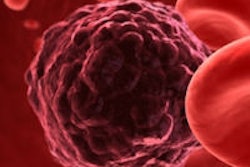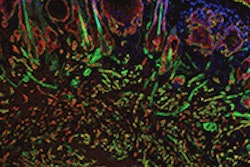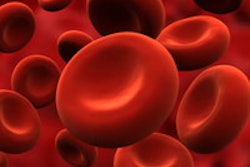A new measure of the heterogeneity of cells within a tumor appears to predict treatment outcomes of patients with the most common type of head and neck cancer, according to a new study in Cancer (May 20, 2013).
Researchers from Massachusetts General Hospital (MGH) and Massachusetts Eye and Ear Infirmary say their measure was a better predictor of survival than most traditional risk factors in a small group of patients with squamous cell carcinoma of the head and neck.
While recent studies have identified specific genes and proteins that can confer treatment resistance in tumors, there previously has been no way of easily measuring tumor heterogeneity.
The new measure, mutant-allele tumor heterogeneity (MATH), was developed by analyzing advanced gene sequencing data to produce a value reflecting the genetic diversity within a tumor -- not only the number of genetic mutations but how broadly particular mutations are shared within different subgroups of tumor cells.
The current study used MATH to analyze genetic data from the tumors of 74 patients with squamous cell head and neck carcinoma for whom they had complete treatment and outcome information. They found that higher MATH values were strongly associated with shorter overall survival -- with each unit of increase reflecting a 5% increase in the risk of death -- and the relationship was also seen within groups of patients already at risk for poor outcome.
For example, among patients with human papillomavirus (HPV)-negative tumors, those with higher MATH values were less likely to survive than those with lower MATH values. Overall, MATH values were more strongly related to outcomes than most previously identified risk factors and improved outcome predictions based on all other risk factors the researchers examined.
The impact of MATH value on outcome appeared strongest among patients treated with chemotherapy, which may reflect a greater likelihood that highly heterogeneous tumors contain treatment-resistant cells, the study authors said. The researchers noted that what reduces the chance of survival appears to be the subgroups of cells with different mutations within a tumor, not the process of mutation itself.
In addition to combining MATH values with clinical characteristics to better predict a patient's chance of successful treatment, the study authors noted that MATH could someday help determine treatment choice -- directing the use of more aggressive therapies against tumors with higher values, while allowing patients with lower values to receive less intense standard treatment.



















